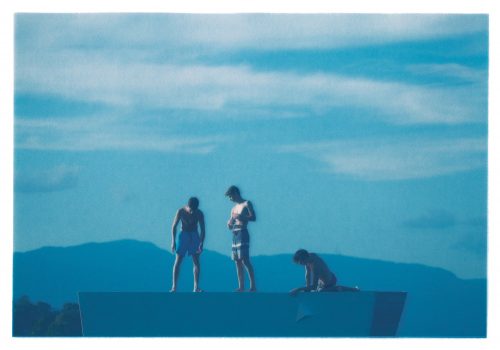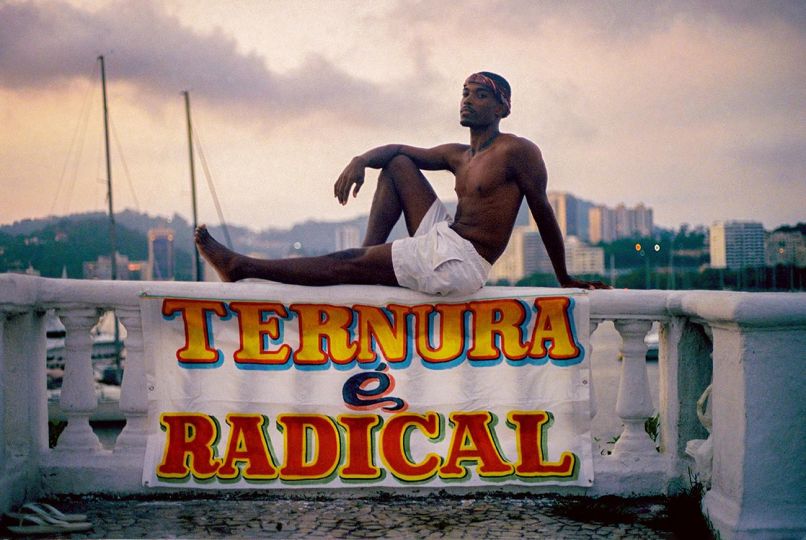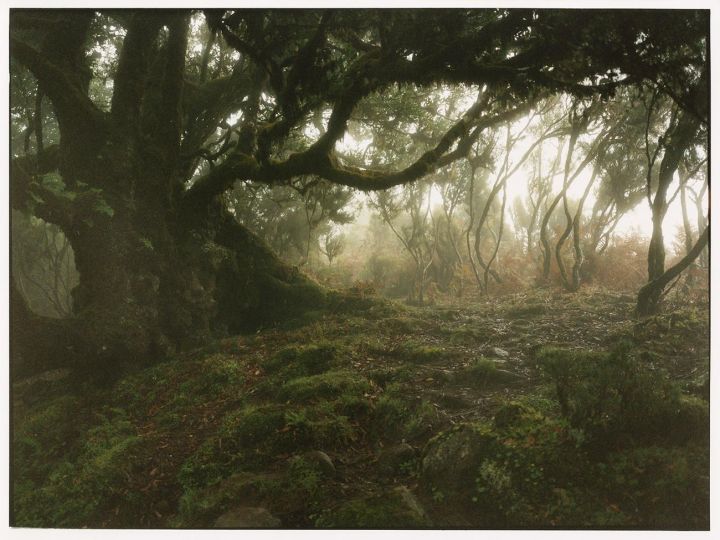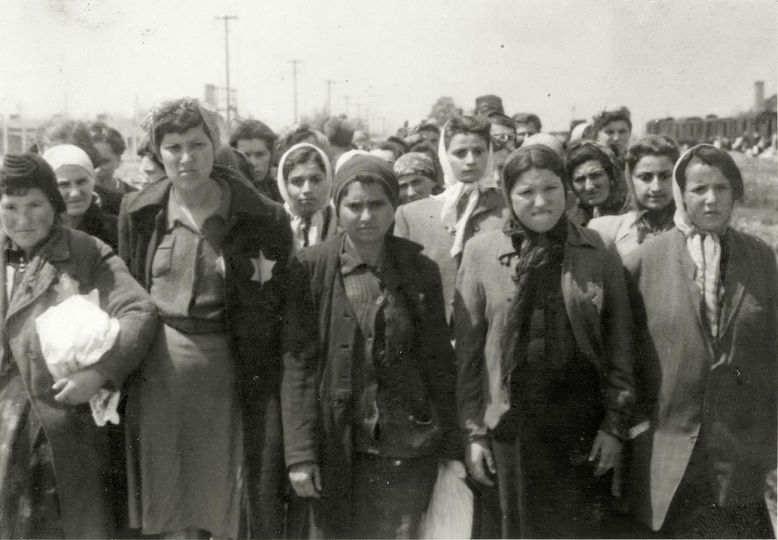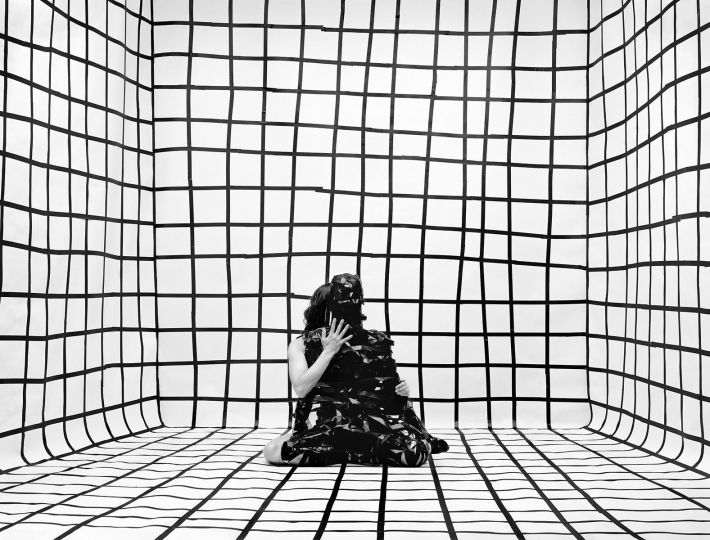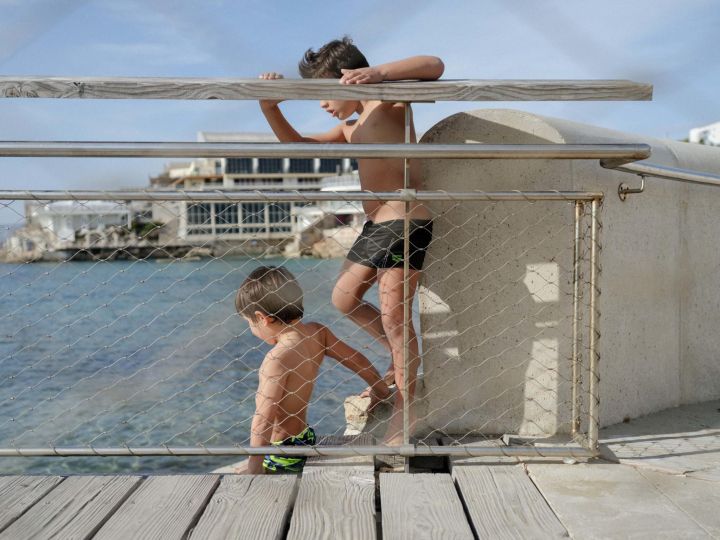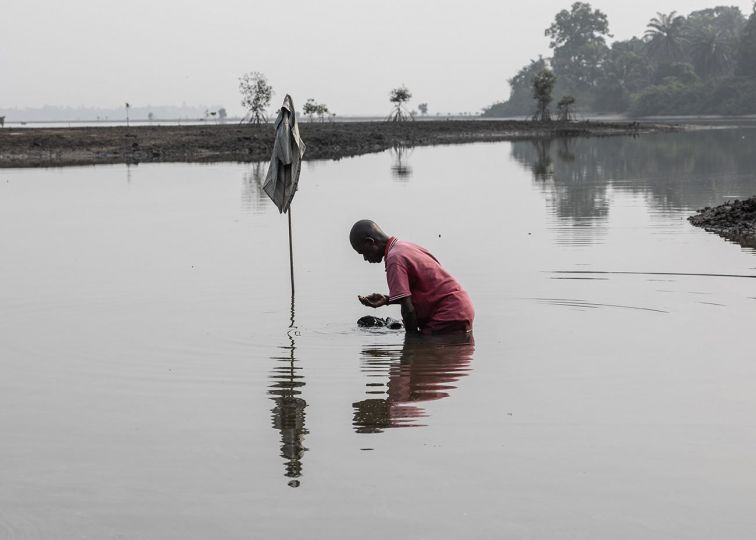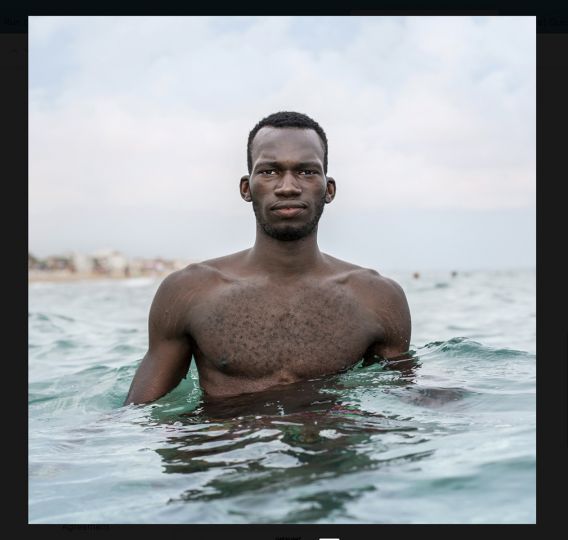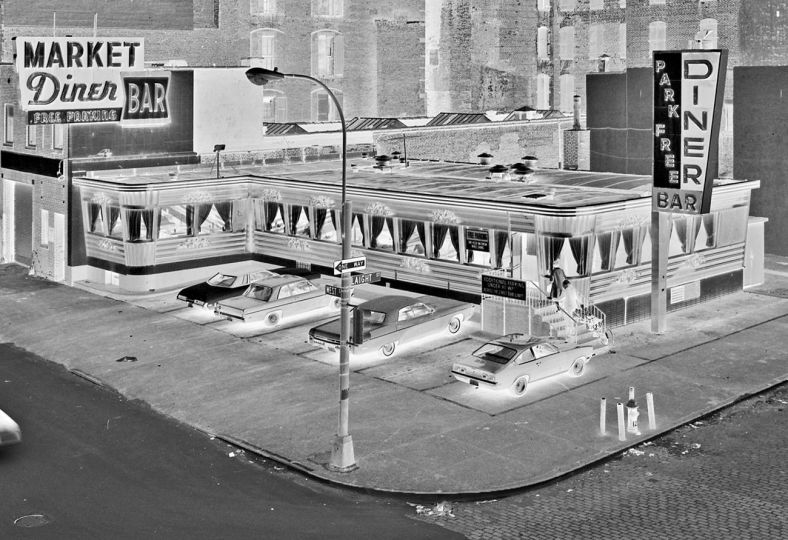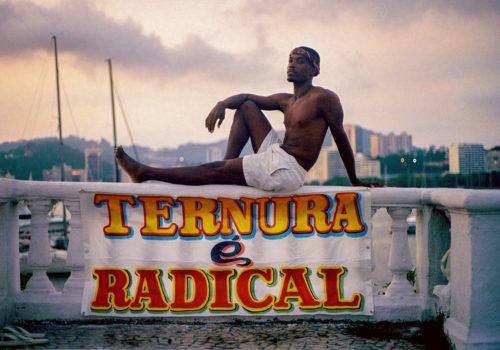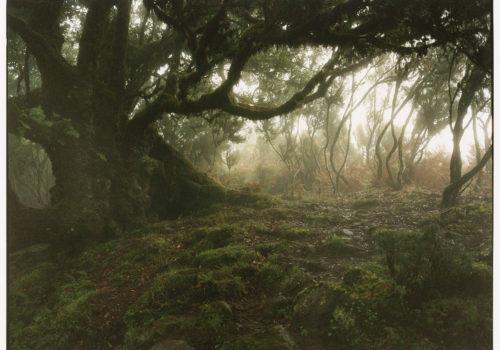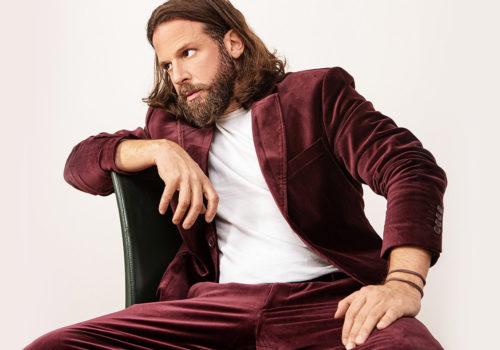This year, Louis Vuitton publishes French photographer Paul Rousteau gaze on the city of Geneva. A curious city, Geneva … uninhabited, depopulated and recolored like a painting by Bonnard. Crossing bright colors, sometimes gaudy, Geneva seems diametrically deserted, only populated by statues with curved breasts and towered by peaceful summits. “A safe and clean city,” laughs Paul Rousteau, a city where one could pile the clichés, where the inhabitants seem to be quiet, respectful, clean and cultivated.
Paul Rousteau nevertheless praises this ideal living environment. He fell in love with the city at the age of eighteen. As a student, he roamed the city and since then, he has been seduced by its reassuring figure, its wise coitus, instinctively choosing his love course: “at each crossroads, I had to concentrate on the proposed directions and follow the one which inspired me. This inspiration led me from street to street, image to image.
If he takes picture postcards of the city, its places of passage as its places of memory, he wants to shake the image of the city. He abandons “smooth and commercial” photography and tint his work with paint. The printed image is dirty, superimposed with pigments. The result evokes the Nabi movement, Bonnard’s over-colored nudes and Vuillard’s fleeting interiors.
The painted photographs of Paul Rousteau, slightly varnished with kitsch, convey a peaceful vision of Geneva. However, the chromatic process barely seduces. It sometimes comes to sublimate the image, but too often the painting hides the banality of the images. Geneva seems frumpy, and if one understands the love of calm and the philosophical pitfall of its walks, the painting jolts the image. Double pitfalls, between the love of a city and its common vision, between the restitution of a tranquility and the agitation of the painting. Inexplicable Geneva.
Arthur Dayras

